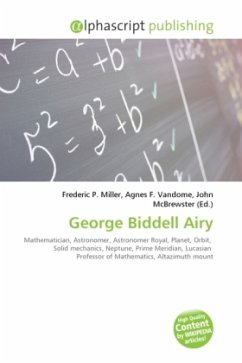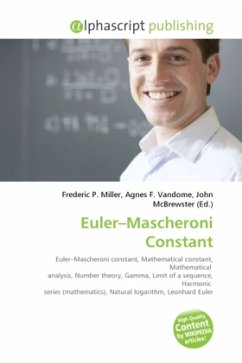
Method of Exhaustion
Versandkostenfrei!
Versandfertig in 6-10 Tagen
23,99 €
inkl. MwSt.

PAYBACK Punkte
12 °P sammeln!
The method of exhaustion is a method of finding the area of a shape by inscribing inside it a sequence of polygons whose areas converge to the area of the containing shape. If the sequence is correctly constructed, the difference in area between the n-th polygon and the containing shape will become arbitrarily small as n becomes large. As this difference becomes arbitrarily small, the possible values for the area of the shape are systematically "exhausted" by the lower bound areas successively established by the sequence members. The idea originated with Antiphon, although it is not entirely c...
The method of exhaustion is a method of finding the area of a shape by inscribing inside it a sequence of polygons whose areas converge to the area of the containing shape. If the sequence is correctly constructed, the difference in area between the n-th polygon and the containing shape will become arbitrarily small as n becomes large. As this difference becomes arbitrarily small, the possible values for the area of the shape are systematically "exhausted" by the lower bound areas successively established by the sequence members. The idea originated with Antiphon, although it is not entirely clear how well he understood it.The theory was made rigorous by Eudoxus. The first use of the term was in 1647 by Grégoire de Saint-Vincent in Opus geometricum guadraturae circuli et sectionum coni.The method of exhaustion typically required a form of proof by contradiction, known as reductio ad absurdum. This amounts to finding an area of a region by first comparing it to the area of a second region.












